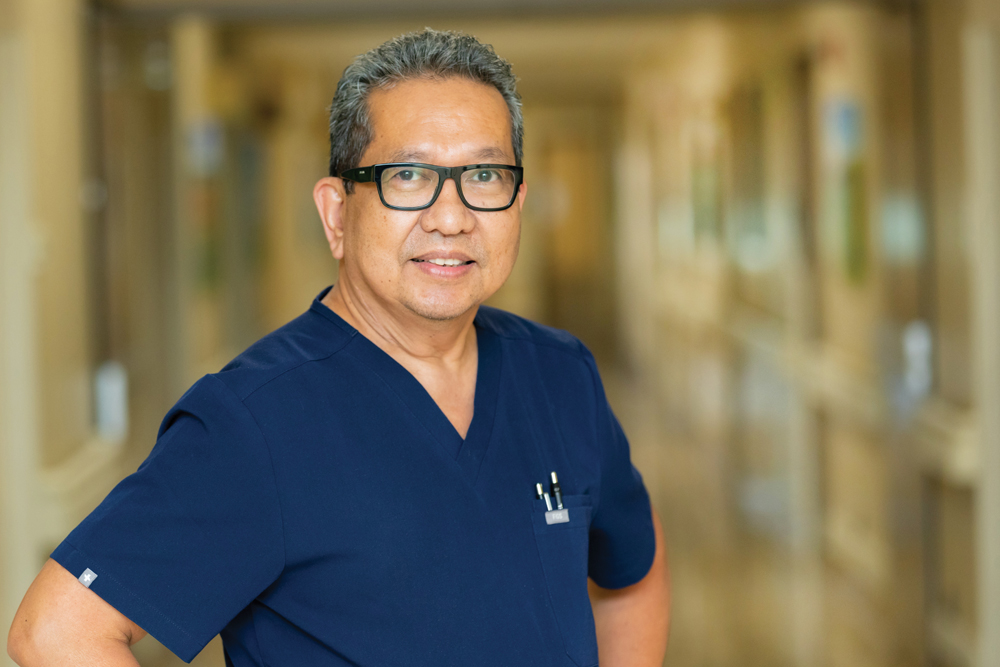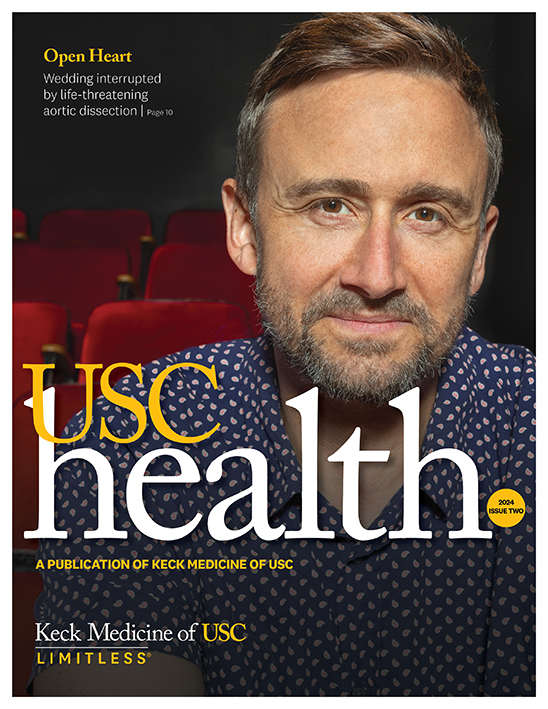
Elmer Diwa, RRT, RCP, delivers thoughtful care at the same facility where he was once a stroke patient.
Diwa, a respiratory care supervisor at USC Arcadia Hospital, recently spoke about his 35-year career and continued passion for the work.
What does a respiratory therapist do?
I work with physicians to help diagnose and treat a range of patients, from premature infants whose lungs are not fully developed to elderly people with lung disease. On a given day, I may be on emergency cases, assisting with an intubation and managing life support.
It’s personal for me: After my stroke, my hospital colleagues worked hard to make sure I was comfortable. Every time I see a patient, I feel like I’m returning the favor.
When I wake up, I can hardly wait to go to work and care for the patients I saw the day before, because I want to see how my care is starting to help them.
Elmer Diwa, RRT, RCP, respiratory care supervisor
Why did you become a respiratory therapist?
Three decades ago, I was a nursing student learning bedside care. I noticed this gentleman in the ICU operating a device connected to a patient; it looked like a respirator.
The man was wearing a lab coat, holding a clipboard, listening to the patient’s breath. I thought: “Wow, this is amazing.” That’s when I started to change my focus to respiratory therapy, and I never looked back.

What gives you motivation?
When I wake up, I can hardly wait to go to work and care for the patients I saw the day before, because I want to see how my care is starting to help them.
When you see a patient transitioning from the emergency room to the intensive care unit, they can be almost lifeless before we start to revive them. As a respiratory therapist, it’s satisfying to be part of the care that makes a big difference.
Topics


